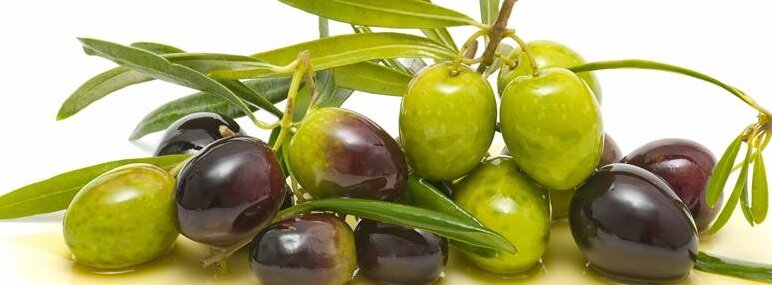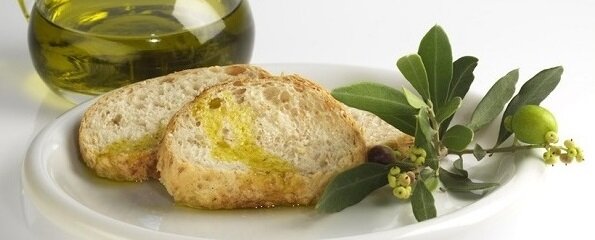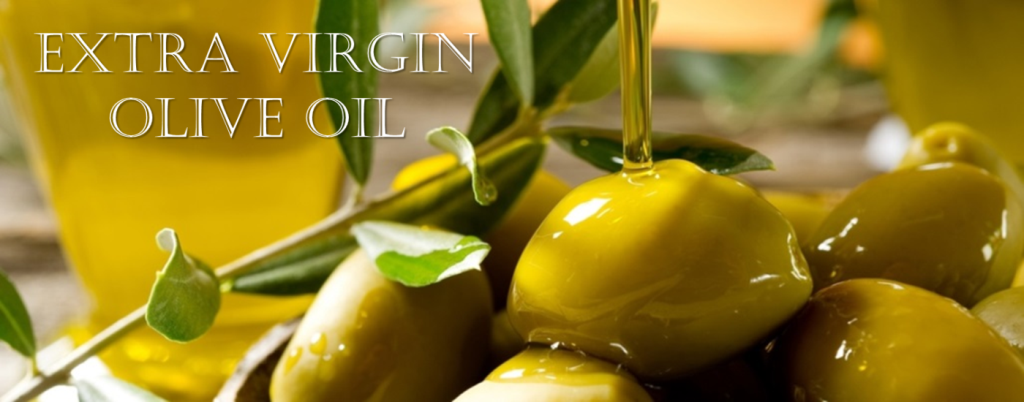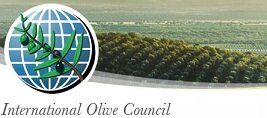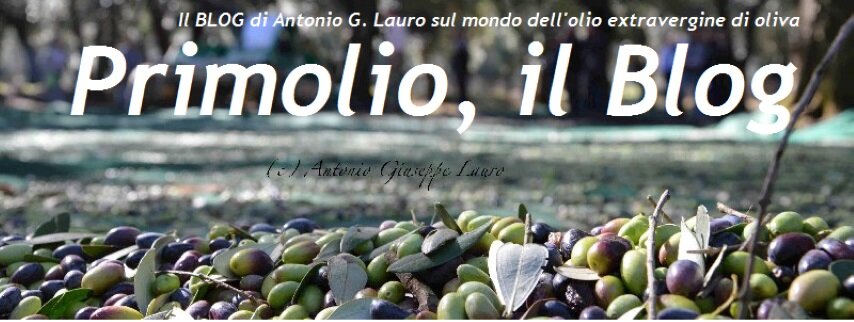 S.M. Sanzani, L. Schena, F. Nigro, V. Sergeeva, A.
S.M. Sanzani, L. Schena, F. Nigro, V. Sergeeva, A.
Ippolito and M.G. Salerno | View Article
Several non-parasitic diseases are of primary significance for olive trees growing in the Mediterranean area and other warm-temperate regions of the world.
As for other crops, they are generally poorly understood and often completely unrecognized, especially in olive which is considered a crop of marginal lands.
The origin may rest with a lack/excess of essential nutrients or an excess of non-essential elements; it may be an unsatisfactory environment: too cold or hot, too wet or dry, or too windy; there may be unsuitable soil characteristics such as poor physical condition, water-logging, salinity, improper pH, and so on.
Also pollution in the environment, spray and fire damage, and climatic extremes like lightning, hail, and snow can cause heavy losses to olive.
This review focuses on the most important disorders of olive caused by environmental, physical, and chemical stresses that can affect the normal physiological processes in trees.
An integrated view is utilized to highlight interactions with plant healthiness, production, and quality.
by Olivera
Categories
- 5th Int. Conf. Olivebioteq
- African Journal of Agricultural Research
- American Journal of Plant Sciences
- Australasian Plant Disease Notes
- Australian & New Zealand Olivegrower & Processor
- Australian Journal of Basic and Applied Sciences
- International Horticultural Congress
- International Journal of Agriculture & Biology
- International Society for Horticultural Science
- Journal of Microbiology and Antimicrobials
- Journal of Phytopathology
- Journal of Yeast and Fungal Research
- Junta De Andalucia
- Marschner Review
- New Disease Reports
- New Zealand Journal of Crop and Horticultural Science
- Olea Fao Olive Network
- Olive Gap Manual
- Other
- Phytopathologia Mediterranea
- Phytopathology
- Plant Disease
- Plant Pathology
- Scientific Research and Essays
- The American Phytopathological Society
- The Olive Press
- Uncategorized
- Vida Rural



